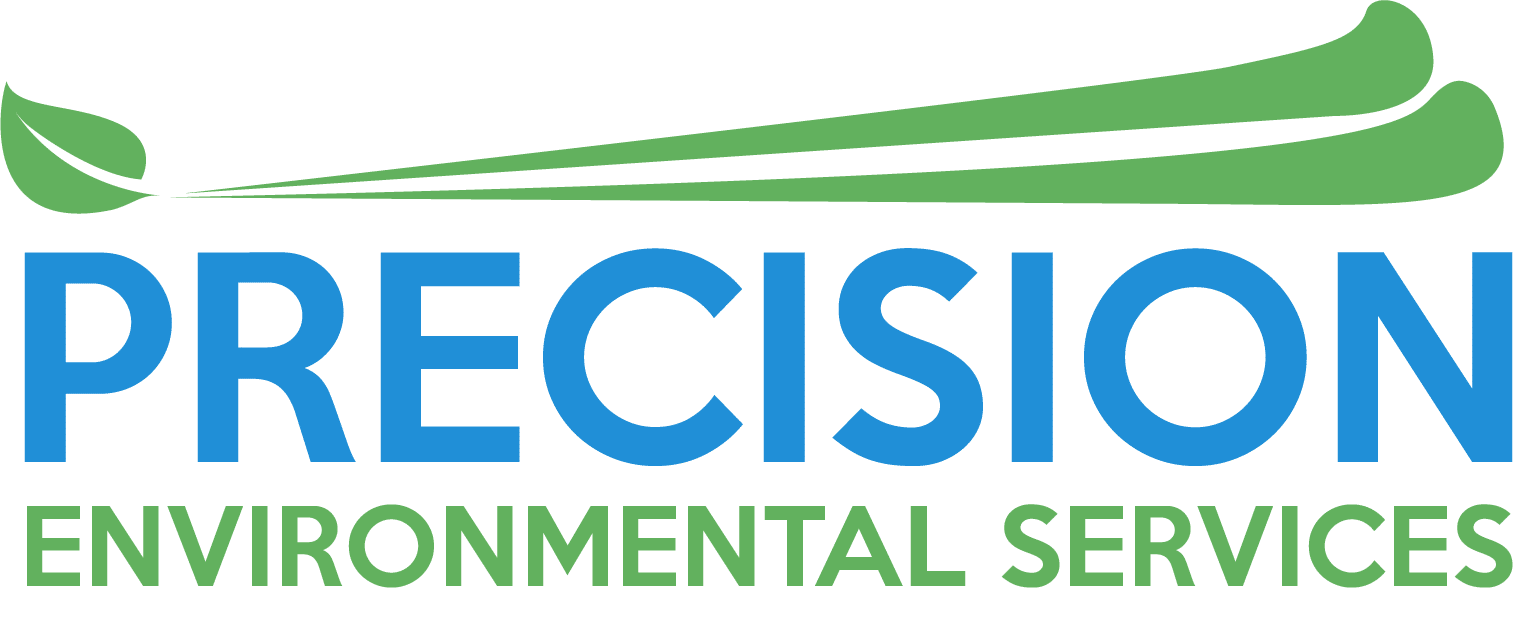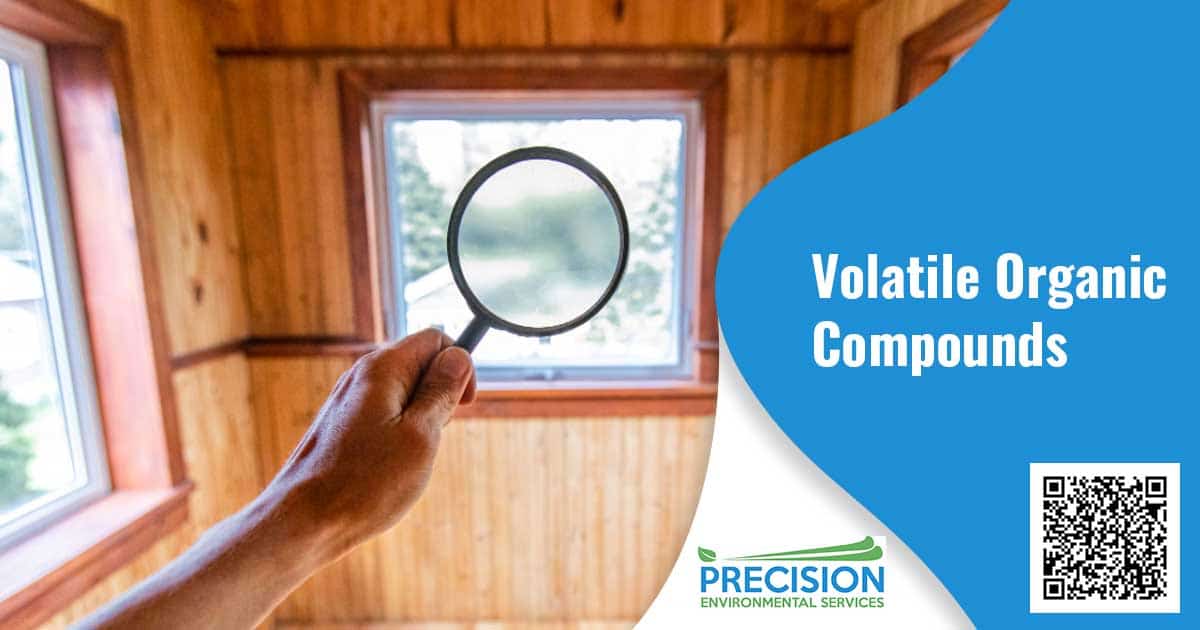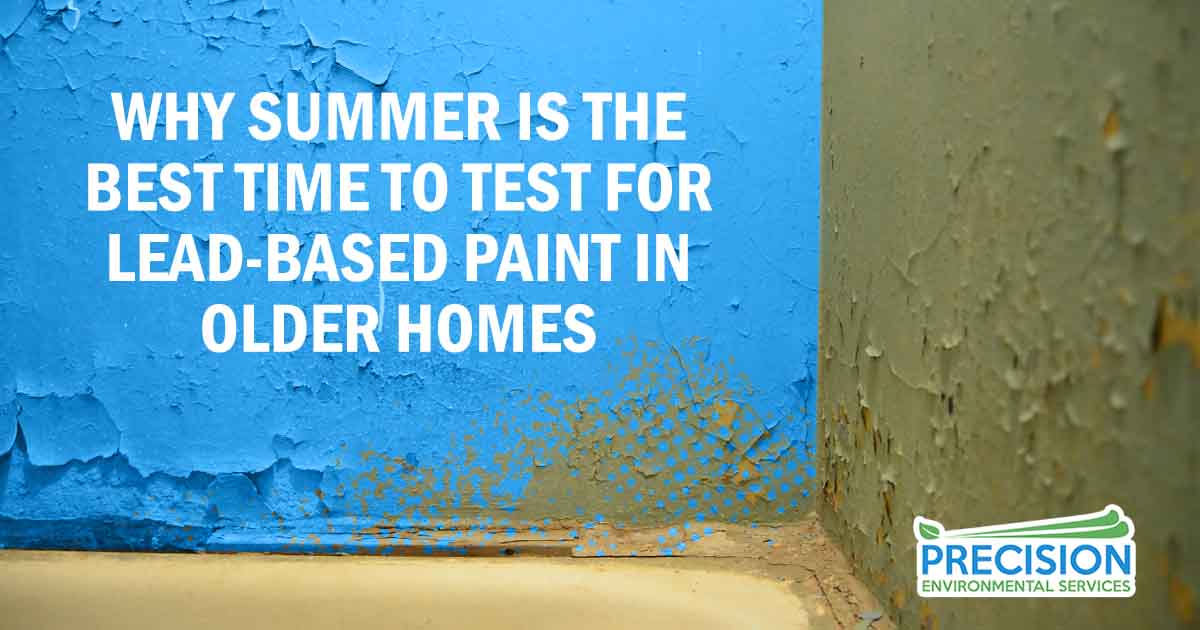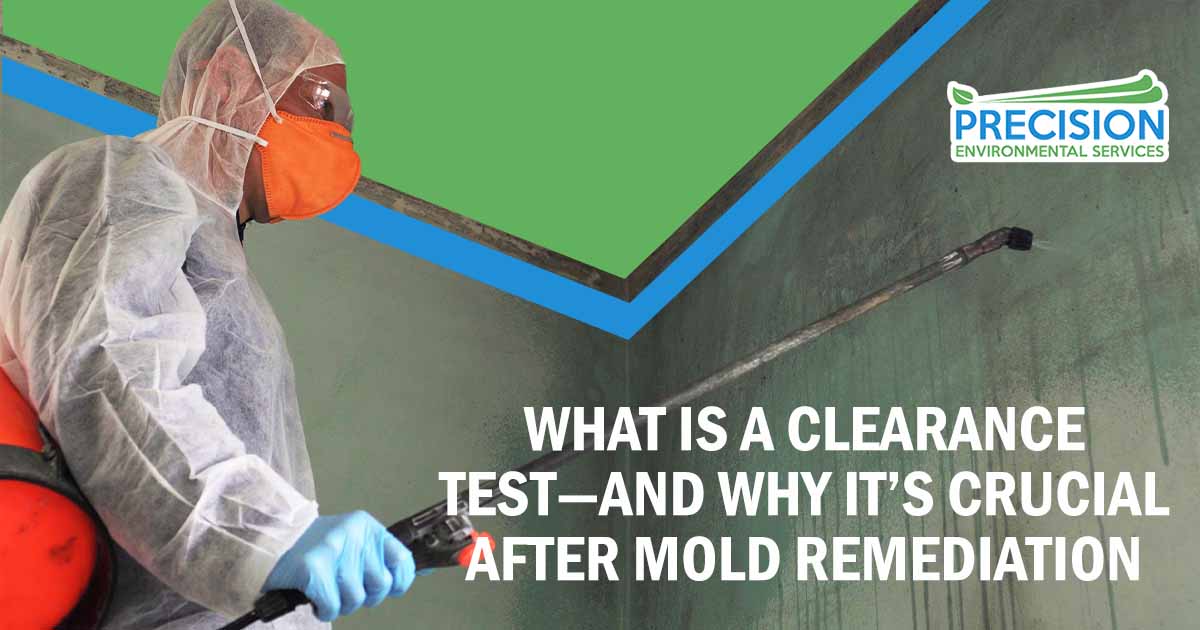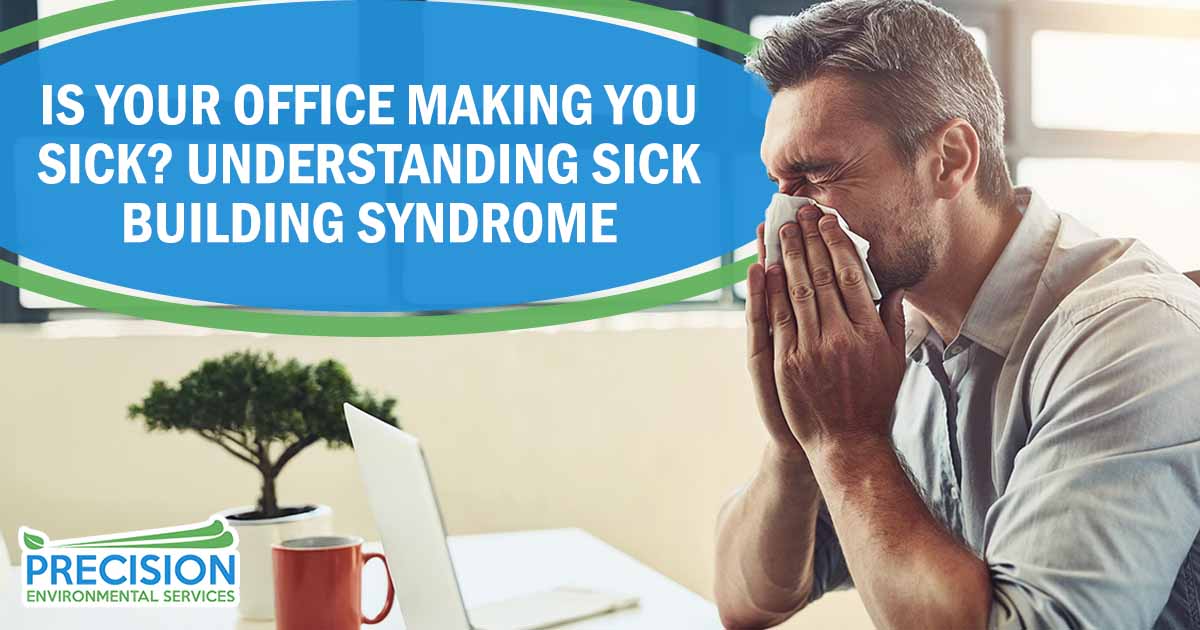We all want to do what we can to protect our families and ourselves from unhealthy elements and toxic compounds. Yet there’s one area that’s commonly overlooked when it comes to keeping our family healthy and safe. Volatile Organic Compounds are organic chemicals in the air around us and even in our groundwater. But what are VOCs and why are they so bad?
Air quality is something most people are familiar with. But when we think of poor air quality, we often associate the term with smog and smoke. In fact, it’s not unusual for local agencies to urge people to stay indoors when the air quality outside is poor. However, air quality doesn’t stop at your front door. Many people overlook the importance of indoor air quality in their homes and offices. Indoor air pollution can actually be quite serious.
How VOCs Impact Air Quality
A Volatile Organic Compound is a gas created when organic chemicals evaporate into the air at room temperature. These VOCs are the leading cause of ground-level air pollution. They’re called organic compounds because they contain carbon. However, there are several types of VOCs. Some examples include:
- Hydrocarbon VOCs – contain both hydrogen and carbon
- Oxygenate VOCs – contain oxygen, hydrogen, and carbon
Some VOCs are quite toxic and impact the atmosphere and the environment negatively. Many VOCs can lead to short and long-term human health effects.
Where Do VOCs Come From?
Volatile Organic Compounds are found both indoors and outdoors. Some products continue to produce harmful VOCs when they’re transported or even stored. The most common VOCs include:
- Benzene
- Formaldehyde
- Toluene
Most people are familiar with some of the more prominent outdoor VOCs but aren’t as familiar with many of the VOCs inside their own homes.
Common outdoor sources of volatility organic compounds include:
- Diesel emissions
- Gasoline
- Burning wood
- Industrial emissions
- Extraction and processing of both oil and gas
There are quite a large variety of indoor VOC sources. The quality of your indoor air can be affected by things such as building materials, household products, personal care products, and even activities. Here’s a breakdown of VOC air pollutants you may not be aware of:
· Building Materials
- Adhesives
- Caulks and sealants
- Flooring including carpet, vinyl, and pressed wood products
- Finishes and varnishes
- Paint and paint strippers
· Household Products
- Furniture
- Air fresheners
- Cleaning supplies
- Disinfectants
- Pesticides
· Personal Care Products
- Cosmetics
- Deodorants
· Activities
- Arts and crafts products including glue, paint, markers, etc.
- Dry cleaned clothes and rugs
- Printers and copiers
- Smoking
- Wood burning stoves
How VOCs Harm Human Health and Safety
While some VOCs have an odor, like gasoline and permanent markers, others don’t. Those that don’t have an odor can be very difficult to detect. Many products listed above have VOC emissions when you are using them as well as when they are being stored.
Concentrations of VOCs tend to be at much higher levels indoors in comparison to outdoor air. People most at risk from a high level of VOCs are those who suffer from asthma, respiratory illness, and chemical sensitivities.
Some VOCs are more dangerous than others. Benzene, for example, can cause cancer. It’s found in vehicle exhaust, tobacco smoke, and gas and oil. Polycyclic aromatic hydrocarbons, also known as PAHs, are also known for causing cancer and occur with the burning of gas, oil, and coal are burned. Butadiene is another VOC found in the exhaust of gasoline-powered vehicles and cigarette smoke. It also can cause cancer.
Long-term exposure to volatile organic compounds has been linked to damage in the central nervous system, kidneys, and liver. Short-term VOC exposure often presents as headaches, dizziness, eye irritation, nose and throat irritation, nausea, and even memory loss.
Federal VOC Regulations
The United States Environmental Protection Agency has created a set of VOC regulations titled the National Volatile Organic Compound Emissions Standards for Consumer and Commercial Products. These regulations are based upon the application of VOC products including:
- Automobile refinish coatings
- Architectural coatings
- Aerosol coatings
- Consumer products
It is recommended that if you are going to use any of these products you familiarize yourself with the regulations for any legal requirements including reporting and record-keeping.
Protect Against VOCs in Your Home
To protect your family and yourself from VOCs the best thing you can do is to limit VOC exposure. You can do this by limiting both the use and storage of products that contain VOCs in your home. Here are some tips on how to limit VOC products:
- Purchase products labeled as low VOC
- Use adequate ventilation when using VOC products
- Use VOC products outside
- Safely dispose of any leftover VOC products
- Always follow manufacturer’s directions
- Install air purifiers
- Use potted plants to reduce VOC levels and improve indoor air quality
- Use pesticide alternatives
- Don’t smoke
- Allow new carpet and building materials to air out outdoors before installation
- Don’t store VOC products in the home or attached garage
Indoor Air Quality Testing
If you’d like to know more about the air quality in your home, you can request indoor air quality testing. Precision Environmental Services offers pre-occupancy and post-construction indoor air quality sampling on both new construction and renovation projects. We sample fixed gases which go to a lab for analysis to determine the levels of:
- Carbon Dioxide
- Carbon Monoxide
- Formaldehyde
- Methane
- Ozone
- Radon
- Total Volatile Organic Compounds (TVOCs)
- Total Particulates
- and 4-Phenylcyclohexene
